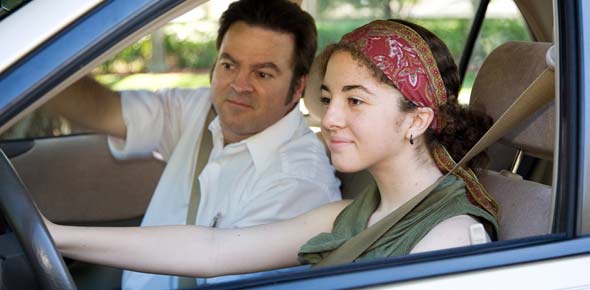Related Flashcards
Related Topics
Cards In This Set
| Front | Back |
|
When in the down (extended) position, wing flaps provide
|
Increased lift and increased drag
|
|
Municipal airports often provide at lease one extended or unusually long runway to facilitate the takeoff of
|
Heavily loaded aircraft in calm conditions
|
|
The small hinges section on the elevator of most airplanes is known as the
|
Trim tab
|
|
The rearward retarding force on the airplane known as drag is opposed by
|
Thrust
|
|
At night, airport taxiways are identified by omnidriectional edge lights that are ____ in color.
|
Blue
|
|
If the ammeter in an aircraft shows a negative value, this means that
|
The alternator or generator output is inadequate
|
|
The thrust of a turboject is developed by compressing air in the inlet and compressor, mixing the air with fuel and burning it in the combustror, and
|
Expanding the gas stream through the turbine and nozzle
|
|
A ramject engine consists of
|
An inlet, a combustion zone, and a nozzle
|
|
The four forces that act on an aircraft in flight are
|
Lift, weight, thrust, and drag
|
|
For a fixed-wing aircraft, lift is generated ____ to the direction of flight.
|
Perpendicular
|
|
The angle formed by the chord of an airfoil or wing and the direction of the relative wind is known as the
|
Angle of attack
|
|
Pitot tubes furnish data to an insturment that is used by aircraft pilots in about the same way that a(n) ________ is used by an automobile driver.
|
Speedometer
|
|
The part of an airplane that holds the cargo, fuel, and passengers-as well as providing a base for the other aircraft parts-is known as the
|
Fuselage
|
|
On a conventional fixed-wing aircraft, the _____ control(s) pitch and the _______ control(s) yaw.
|
Horizontal stabilizers, vertical stabilizer
|
|
________ are additional hinged rear sections mounted to the wing near the body that are deployed downward on takeoff and landing to increase the amount of force produced by the wing.
|
Flaps
|






